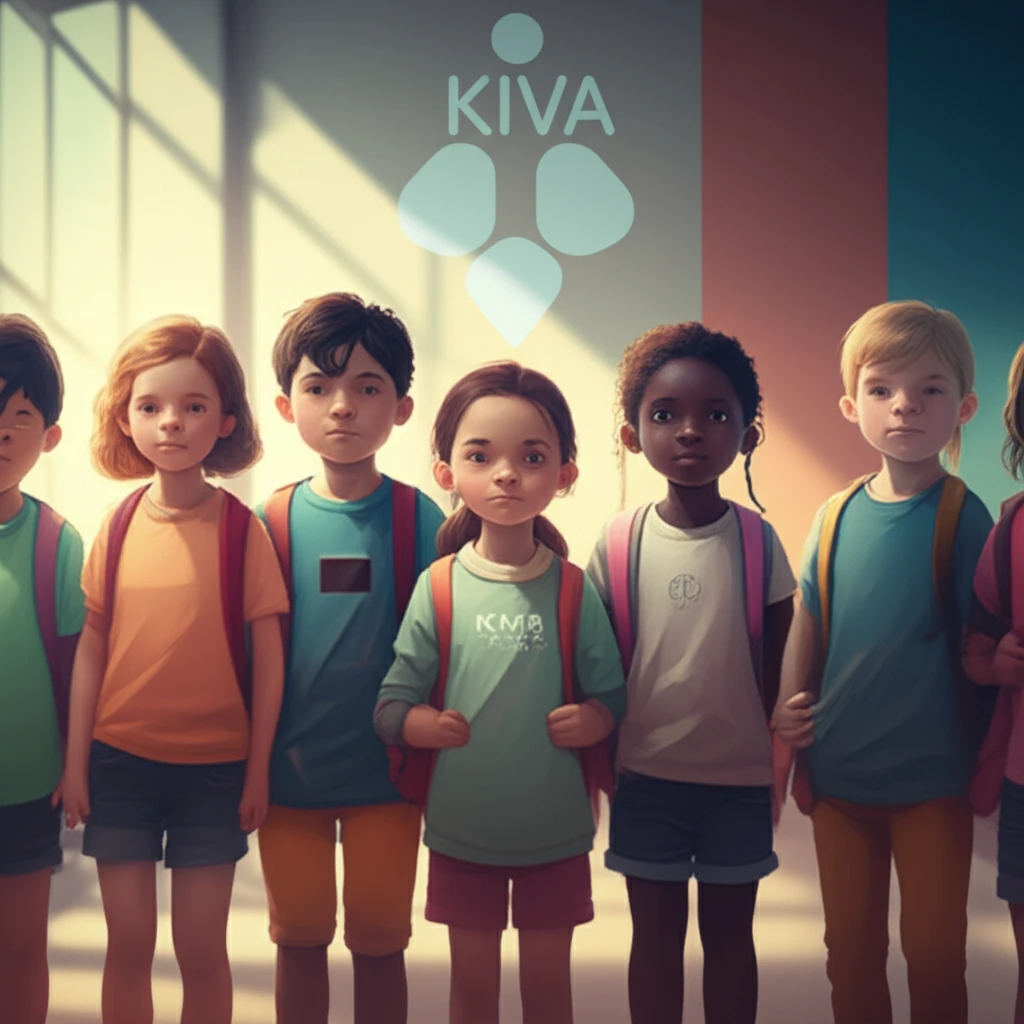
Is KiVa the Key to Bully-Free Schools? Unpacking the Cost-Effectiveness of This Finnish Program
"A deep dive into whether the KiVa antibullying program is worth the investment for creating safer, kinder school environments."
Bullying casts a long shadow, impacting not just individual victims but the entire school environment. While many antibullying programs exist, schools and communities often grapple with a crucial question: Which programs truly deliver value for money? This concern goes beyond mere cost; it's about effectively allocating resources to ensure the safety and well-being of students.
Enter the KiVa antibullying program, a comprehensive approach developed in Finland that has garnered international attention. KiVa aims to prevent bullying and reduce its harmful consequences through a combination of universal actions, like classroom lessons and virtual environments, and indicated actions, such as intervention teams for acute bullying cases.
But does KiVa truly offer a worthwhile investment? A recent study analyzed KiVa's cost-effectiveness in a Swedish elementary school setting, comparing it against the status quo, or typical bullying prevention efforts. Using a decision-analytic model, researchers examined the costs and benefits of the program to determine its overall value.
KiVa: A Multifaceted Approach to Tackling Bullying

The KiVa program isn't just a set of lessons; it's a comprehensive, whole-school strategy designed to change the culture around bullying. It addresses the issue on multiple fronts:
- Student Lessons: Structured lessons for different grade levels to educate students on bullying mechanisms, consequences, and strategies for intervention and support.
- Themes: Reinforcing antibullying messages through theme days and integrated activities.
- Virtual Learning Environment: Engaging online games and environments that reinforce the principles learned in the classroom.
- Visible Symbols: Posters and vests that create a constant reminder of the school's commitment to preventing bullying.
- Parental Involvement: Guides and resources to help parents identify and prevent bullying.
The Bottom Line: Is KiVa Worth the Investment?
The KiVa program demonstrates a promising approach to bullying prevention, but it's crucial to consider the local context and resources when making decisions about implementation. With careful planning and a commitment to fidelity, KiVa can be a valuable tool in creating safer, kinder school environments for all students.
